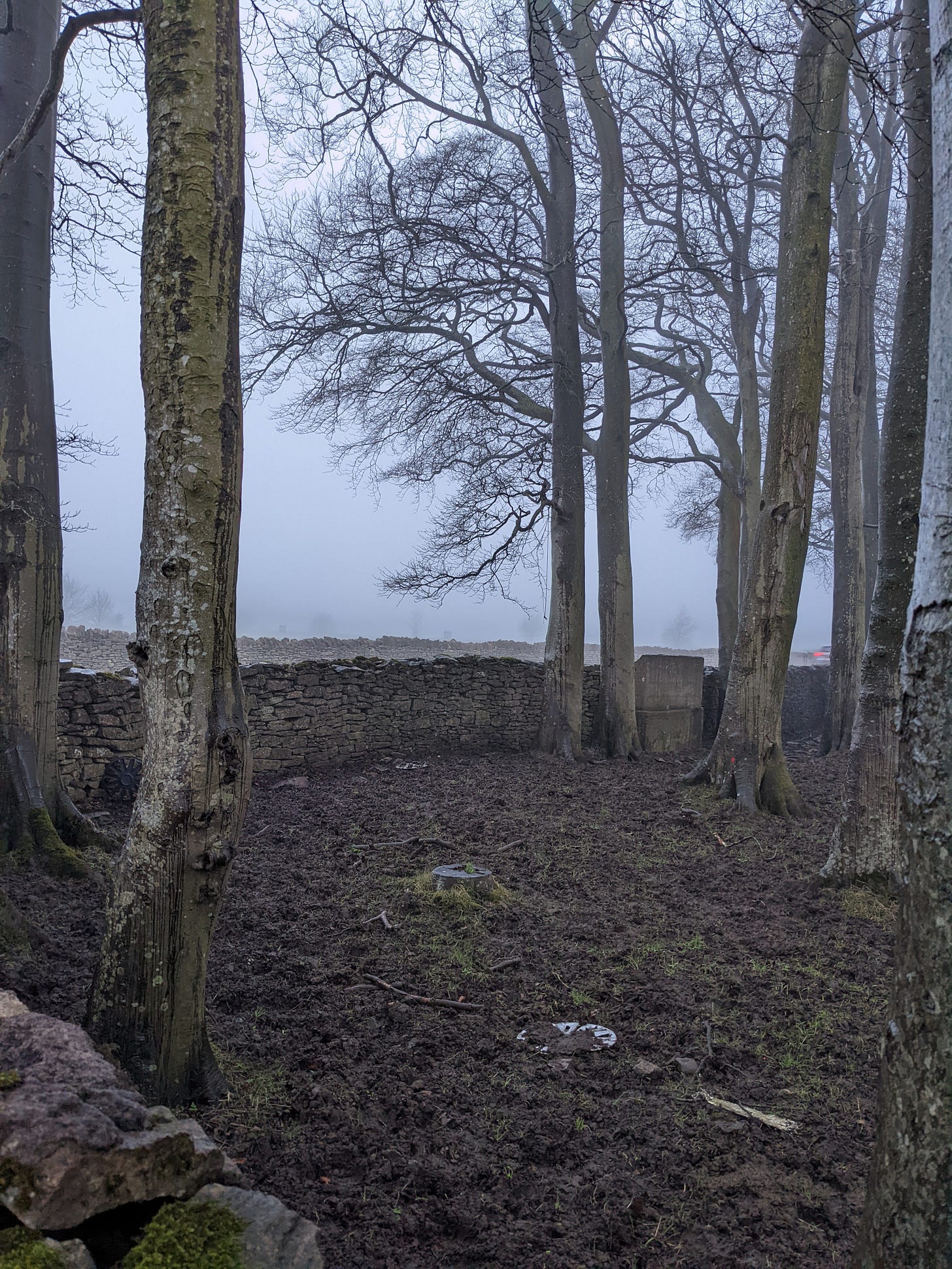Sacred Trees
Meaning, ritual and our connectedness to trees
Standing tall and alone, the tree whispers secrets of its own mythology. Gnarled roots run deep tapping into the folklore of the field. Some say that on moonless nights, the tree comes to life, bringing lost wanderers to the furrows. Perhaps it's just the wind, howling through the branches as the tree continues its role as watcher of the land.
The tree stands as a silent sentinel, a witness to the passing of time. Its leaves rustle softly in the breeze, murmuring ancient stories passed down through the ages. The bark, rough and textured, bears the marks of countless seasons and storms, each one a testament to its resilience and strength.
But the tree is more than just a living monument to the past. It is also a source of life and vitality, a symbol of the interconnectedness of all things. Its roots delve deep into the earth, drawing sustenance from the soil and nourishing the land around it and speaking to others through an interconnected web of knowing. The branches reach skyward, offering shade and shelter to countless creatures. When you sit under a tree, you share that moment with the ancestors, who contemplated their fortunes or misfortunes at the same spot.
Trees are viewed as sacred beings in many cultures and traditions, often seen as being imbued with magic. They are believed to be the homes of spirits and the gatekeepers to other worlds.
Trees are a source of food, medicine, and shelter and have been for countless generations. We have looked to the tree for guidance, solace, for inspiration. And in turn, the tree has looked to us, nurturing and supporting us in our journey through life.
In the Neolithic period, many societies had ritual practices that were centred around trees. These practices were based on the belief that trees had spiritual and supernatural powers, and that they were connected to the forces of nature and the cycles of life, death and rebirth.
One common ritual practice associated with trees in the Neolithic period was tree worship. This involved honouring and paying respect to trees as sacred beings and often involved rituals such as leaving votive offerings at the base of the tree, or tying red ribbons to its branches.
How many times have people held hands and circled the tree, how many times have people passed offerings, or left messages to loved ones that have since become snapshots of intimacy, celebration of a life or regret for what was left unsaid?
Another practice that was associated with trees in the Neolithic period was the use of trees in burials. Some societies would bury their dead under or beside trees, believing that the tree would protect and guide the spirit of the deceased on its journey to the afterlife.
In addition, people in the Neolithic period used trees in rituals related to fertility and agriculture, it was believed that the tree was a symbol of life and fertility and that by performing rituals around trees, they could encourage the growth of crops and the fertility of animals. Some societies would perform rituals such as planting a tree or cutting down a tree to mark the beginning of a new season or the start of a new agricultural cycle.
These rituals were also linked to ancestor worship, where certain trees or groves were believed to be the homes of the spirits of ancestors or other entities. These rituals could include offerings or other acts of devotion to these entities to invoke their blessings or protection.
Wassailing, which comes from the Old English root, “Waes Hael”, proclaims, “be in good health”. It follows a practice passed down from ancient times, where wassailers bang pots and pans and sing raucously to rough musick or appease tree spirits to ensure a good harvest for the coming year.
In a world that is increasingly disconnected from nature, the tree stands as a reminder of our ancient connection to the natural world. It is a symbol of the continuity of life and our need to stay connected, and that we are all part of something greater than ourselves. In a time where ancient trees are being removed from the earth at an alarming rate, every tree that remains is a source of hope and inspiration, a symbol of the enduring beauty and mystery of the world around us, we are guardians of each and every one of them, and their protection is forever tied to our survival.








